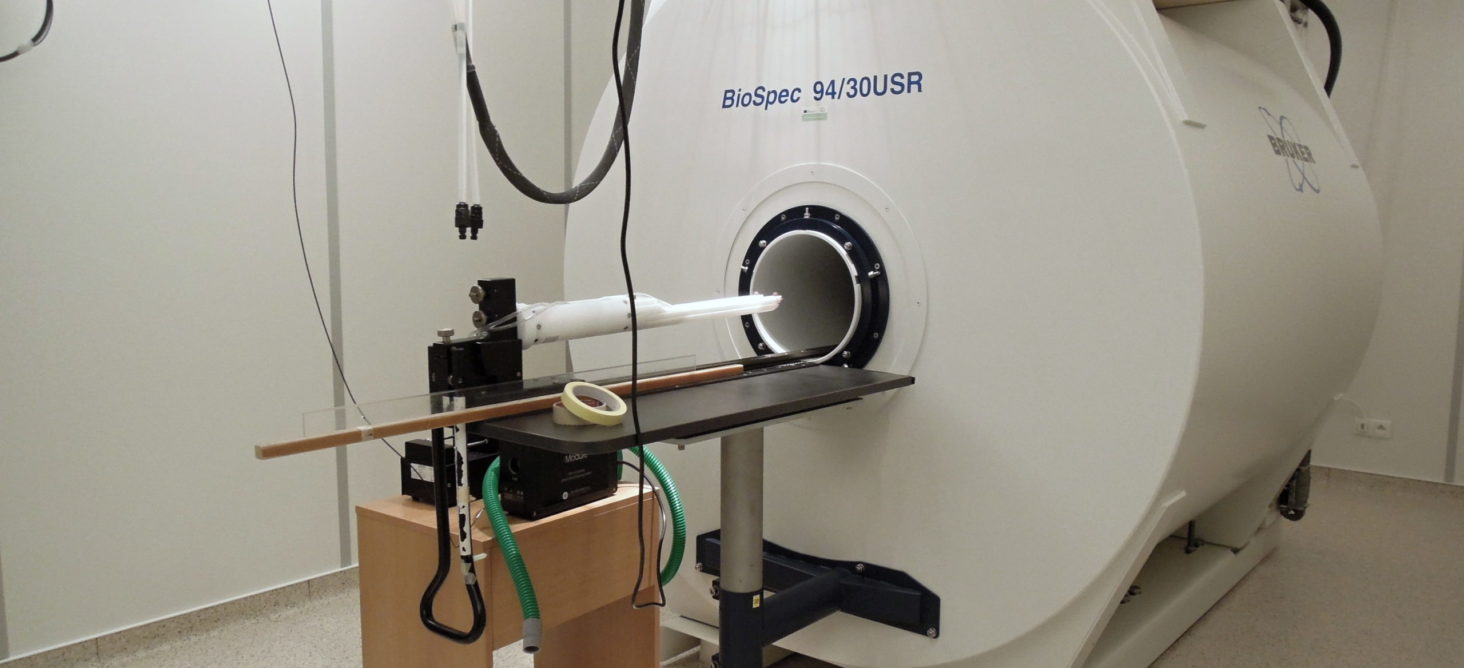Imaging methods

In acute stroke, imaging has two major purposes – selection of patients, who might benefit from thrombolysis and/or mechanical thrombectomy, and monitoring of the thrombolysis effect. MRI is the most versatile imaging modality in this field and yields substantially higher sensitivity and specificity copared to CT techniques which are more commonly used for stroke imaging. For small animals models, RTG/NIR-fluorescence whole body imaging is a method complementary to MRI.
The aim of our project focused on thrombi imaging is to develop targeted nanoparticles specific for thrombus i acute ischemic stroke in animal models.